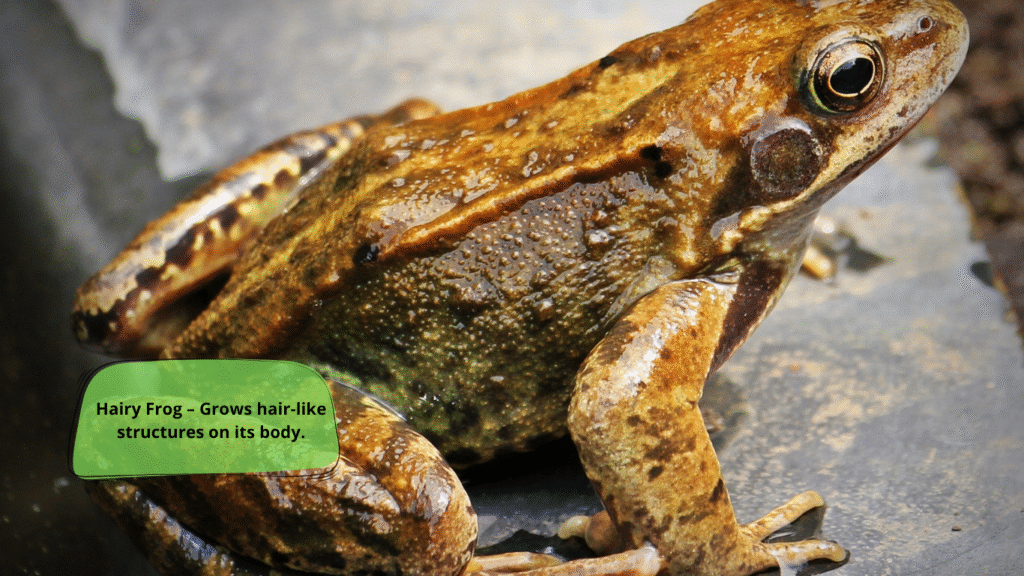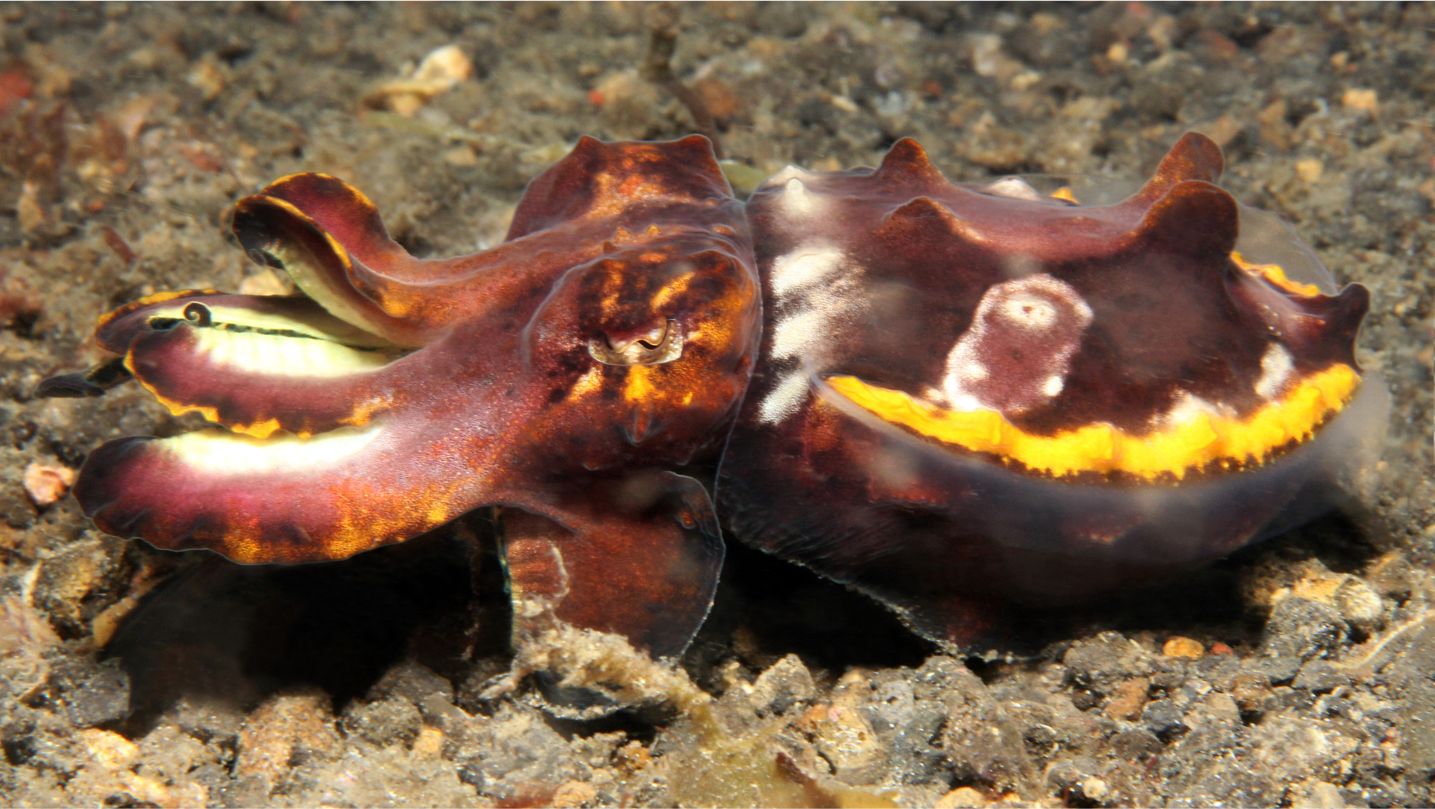Hairy Frog: The Fascinating “Wolverine” of the Animal Kingdom
The animal world is full of extraordinary creatures, but few are as bizarre — or as intriguing — as the Hairy Frog (Trichobatrachus robustus). Sometimes called the “Wolverine Frog” for its strange ability to break its own bones to produce claws, this amphibian is a true marvel of evolution. Found primarily in the rainforests of Central Africa, especially Cameroon, the Hairy Frog is not only a biological wonder but also a symbol of the wild diversity nature has to offer.

What Makes the Hairy Frog Unique?
The Hairy Frog gets its name from the hair-like structures that grow on the sides and thighs of males during the breeding season. These “hairs” aren’t actually hair at all — they are dermal papillae rich in blood vessels, which are believed to help the frog absorb more oxygen while guarding its eggs underwater. This strange adaptation allows the males to survive longer periods submerged while protecting their offspring.
But the Hairy Frog’s most shocking feature is its bone claws. When threatened, it will break its own toe bones, push them through its skin, and use them as a weapon against predators. Scientists believe the frog’s tendons remain attached to the broken bones, allowing it to retract the claws after the danger has passed. This brutal survival mechanism has earned it a reputation as one of nature’s most hardcore creatures.
Where Does the Hairy Frog Live?
The Hairy Frog is native to the dense forests and fast-moving streams of Central Africa, particularly in Cameroon, Equatorial Guinea, and parts of Nigeria. They prefer humid environments and are excellent climbers, thanks to their strong, webbed feet. Unfortunately, habitat loss due to deforestation and human activity threatens their natural environment.
Hairy Frog Behavior and Diet
Primarily nocturnal, Hairy Frogs are stealthy hunters. They feed on insects, spiders, and smaller invertebrates, using their sticky tongues to capture prey. Their aggressive defense tactics and camouflaged bodies help them survive in a habitat full of predators.
During the breeding season, males become territorial and fiercely protect their nests. They may fight off rivals using their bone claws, making them one of the few amphibians known to engage in physical combat.
Conservation Status
The Hairy Frog is currently listed as “Near Threatened” on the IUCN Red List. Threats include habitat destruction, climate change, and the pet trade, where exotic animal enthusiasts sometimes seek out this unique species. Conservation efforts are crucial to ensure the survival of this fascinating frog and the ecosystems it inhabits.
Fun Facts About the Hairy Frog
- Also called the “Wolverine Frog” and “Horror Frog” due to its gruesome self-defense tactic.
- The Hairy Frog’s “hairs” are critical for oxygen exchange during extended periods underwater.
- They can leap great distances to escape predators despite their bulky appearance.
- Very few amphibians show such extreme bone and muscle adaptations for survival.
Conclusion
The Hairy Frog is one of nature’s most bizarre and remarkable animals. From its hairy appearance to its Wolverine-like claws, every feature tells a story of survival and adaptation. As more people learn about this amazing amphibian, there is hope that increased awareness will help protect it and the vibrant forests it calls home.








